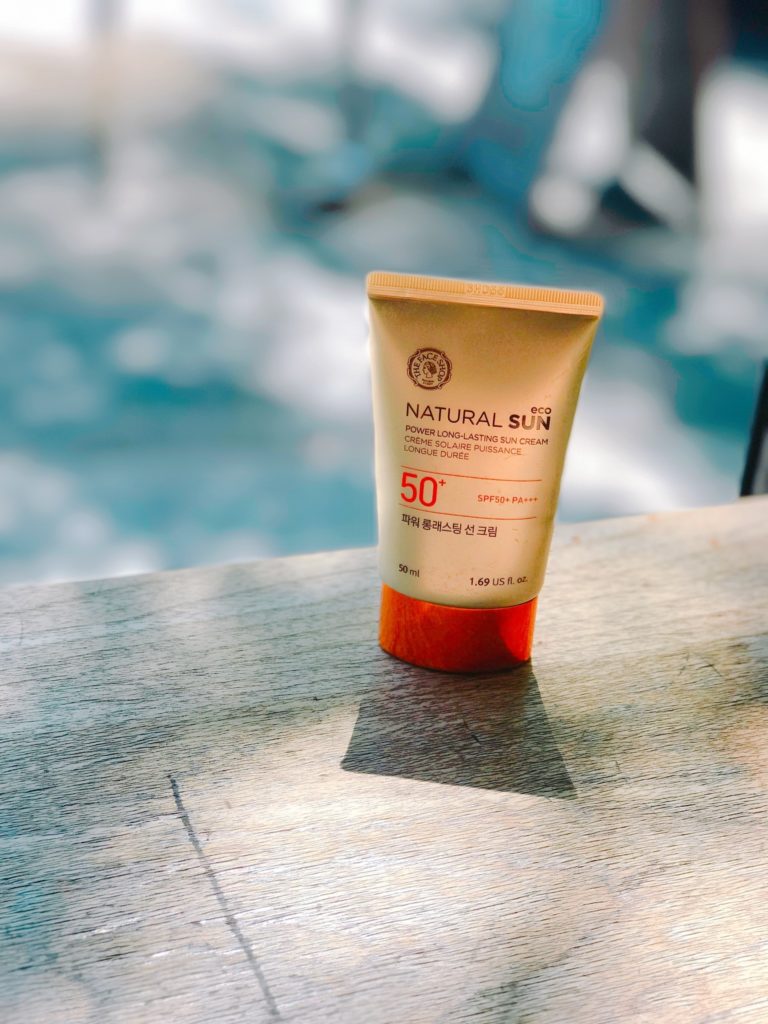With summer fast approaching a lot of us are going to be jetting off on holiday or making the most of the UK sunshine! Many of us know the dangers that UV (ultraviolet) rays can have on our skin and the importance of staying protected in the sun. However, there’s also a lot of myths and misconceptions floating around about sun protection.
So below we’ve busted 10 sun safety myths so that you can stay on top of sun safety this summer…
- Sun damage only happens on hot, sunny days.
Did you know that sunburn can occur on cloudy, windy days? Sunburn doesn’t just happen on holiday – you can burn even on a cloudy day in the UK. Sun damage is caused by UV radiation. A cool or overcast day in summer can have similar UV levels to a warm, sunny day. On cloudy days UV radiation can penetrate clouds and may even be more intense due to reflection off the bottom of the clouds.
- The sun is strongest when hottest.
UV rays are always strongest when the sun is highest in the sky, which in the UK summer is between 11am and 3pm – times may vary when abroad. Temperature varies more and tends to be highest slightly later in the day, meaning the risk of burning in the late afternoon isn’t as high.

- A base-tan will protect from me sunburn.
Some people think a pre-holiday tan or sunbed tans will protect them from burning, but studies have shown that a pre-holiday tan offers very little protection against the sun.
- Putting on sunscreen once a day is plenty.
Even if the label says “once-a-day”, all sunscreens should be re-applied regularly and liberally. Sunscreen should be applied to all exposed areas of skin, including the face, neck and ears – and head if you have thinning or no hair. It should also be re-applied straight after you’ve been in the water, even if the sunscreen is “water-resistant” and after towel drying, sweating, or when it may have rubbed off.
See NHS choices guide on how to apply sunscreenfor how much sunscreen you should be applying.
- Sunscreen lasts forever
If you have an old sunscreen bottle in the back of the cupboard it’s worth checking the expiry date. Most sunscreens expire – used after the expiry date sunscreens can be much less effective. Like most cosmetics, sunscreens should be stored in a cool place and not in direct sunlight.

- Expensive sunscreens work better.
Price doesn’t matter when it comes to sunscreen – it’s the SPF and star rating that are important.
The sun protection factor, or SPF, is a measure of the amount of UV B radiation (UVB) protection. SPFs are rated on a scale of 2-50+ based on the level of protection they offer, with 50+ offering the strongest form of UVB protection. The star rating measures the amount of UV A radiation (UVA) protection. You should see a star rating of up to 5 stars on UK sunscreens. The higher the star rating, the better. Sunscreens with higher SPF and higher star ratings offer better protection against sun damage.
- You don’t need to wear sunscreen if your makeup contains SPF.
Although some cosmetics contains SPF, most cosmetic products offer either no protection or protection that is much lower than the recommended SPF 30. So, if your makeup is less than SPF 30 you should still wear additional sunscreen under your makeup if you are going to be outside in the sun for a prolonged period of time.
- You can’t get burnt in the car or through a window.
UV rays can penetrate through glass. This means you can still get burnt if you spend a long time in the car or behind a window when the UV is high. More commonly however people are burnt in cars with the windows down, where they can be exposed to high levels of UV radiation.

- Only people who sunbathe are at risk of skin cancer.
Many people get UV damage when they are not deliberately seeking a tan. UV exposure adds up over time and increases our risk of skin cancer. Getting sunburnt doesn’t mean you will definitely develop skin cancer. Although getting sunburnt as little as just once every 2 years can triple your risk of developing melanoma. So, if you have had sunburn in the past, it’s a good idea to think about what more you can do to protect your skin next time.
- If you tan you are less likely to get burnt.
There is no such thing as a healthy tan! Any amount of skin tanning due to exposure to UV is a sign of skin damage, even if there is no redness or peeling. The skin darkens as a way of trying to protect itself because the UV rays are damaging living cells. So if you tan easily, you are still at risk of skin cancer and need to use sun protection.
